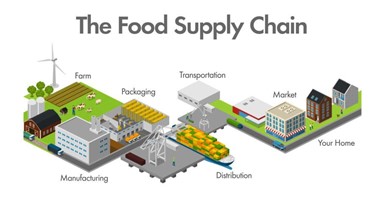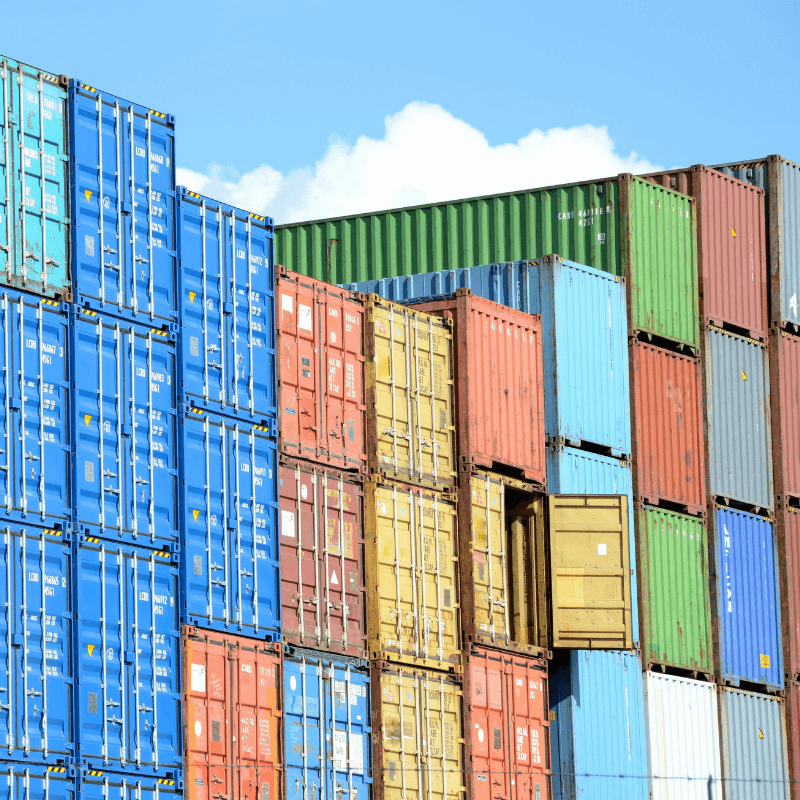Internationalization has created an interconnected globalized economy for the trade of goods and services, to customers of varying languages and cultural backgrounds dispersed over large geographical areas.
For small and medium-sized enterprises (SMEs) internationalization provides opportunities to become successful, viable global traders; however, trading outside one’s borders is not without challenges.
This article will discuss what are Technical Barriers to Trade (TBT), with specific focus on standards and regulations, and how these measures hinder trade. The section on ‘Industry Dynamics’ will highlight challenges experienced with TBTs because of the lack of harmonization between countries, and their consequential impact on business operation relative to size, cost, efficiency, and growth. Finally, targeted advice will be given, and official trade support channels provided to aid SMEs in navigating these barriers and make their products export ready.
Small and Medium-Sized Enterprises (SMEs)
The World Trade Organisation classifies SMEs as firms employing between 10-250 people, possessing a strong presence in trade: but representing only a small share in a country’s exports, with a narrow product range and target markets. Due to their narrowness in scope, that is, product portfolio and target market, many trade barriers negatively impact SMEs’ internal operations, ability to expand, and increases their fixed cost. As a result, SMEs experience an erosion of competitiveness because of higher priced goods.
Technical Barriers to Trade (TBT)
According to Business Development Bank of Canada (2020), a Technical Barrier to Trade (TBT) “is any regulation, standard or procedure that could make exporting goods to another country difficult” TBT’s, specifically standards and regulations are the most common, highly frustrating and at times unwieldly barriers experienced by SMEs.
Standards and Regulations
Standards are agreed levels of quality, whereas regulations are directives imposed and maintained by authorities or bodies such as International Trade Organisation. Examples of Standards are labelling, packaging requirements and production standards.
Regulations surround the use of chemicals or additives and general best practices. They are important as they are designed to protect animal and human safety and health. Regulations prevent deceptive practices, ensure quality while protecting the environment, and empowers knowledgeable customers to make proactive choices.
Although these measures are positive and offer a level of safety, some can be used as tools to hinder exports and imports from various countries, cripple economies and stagnate business growth and development.
Tools of Hinderance
The US International Trade Commission cited the disadvantages faced by American agricultural exports to the European Union (EU). Although the issues lie in harmonization of standards, the basis of the challenges faced still surround standards as a technical barrier to trade.

On a worldwide scale, Figure 1. illustrates the global share of goods subject to import regulations and standards. The dark concentration represents the areas with the highest concentration of import goods, which is 75% of global trade, subject to these regulations.
Goods destined for major European markets are predominately identified as those subject to technical regulations. This supports the position of the United States Trade Commission and underscores the need for greater harmonisation of these policies.
Industry Dynamics
Industry research conducted cites various compliance issues incurred by American manufacturing SMEs relating to standards and regulations, the lack of harmonization between nations on testing and the issuance of certification.
One such example is the controversial issue of food additives and Genetically Modified Organisms (GMOs) levels in products for export to EU markets from the United States. The EU through its regulations allows for low level presence of GMOs, however the non-harmonisation of standards and conformity testing practices remains the challenge. The US International Trade Commission confirmed companies which were certified by the American National Standards Institute still encountered problems selling products in the EU market due to discrepancies in standards and testing procedures between the American and European standard bodies. This lack of harmonious cohesion surrounding the preconceived high levels of GMOs in American food products has continued to fuel the debate between the two nations.
A similar situation occurs between the EU and United Kingdom (UK) in the organic food sector where conformity assessment does not start and end with the manufactured final product but extends throughout the food supply chain to the suppliers of raw materials. See the Food Supply Chain chart.

The US International Trade Commission ranks the UK and the EU as the third and sixth largest target market respectively for organic products. The global shift towards a healthier lifestyle is apparent. This underscores the importance for SMEs to know all elements contributing to a product. These technical distinctions create major export barriers for SMEs if not intimately versed in their suppliers’ practices. The potential result is a higher administrative cost to assess and trace all suppliers within their global food supply chain network.
How can SMEs Navigate TBTs?
A myriad of factors must be considered to competently address and navigate the waters surrounding Technical Barriers to Trade (TBT). The following are key steps companies can take when considering new export jurisdictions:
1. Conduct Market Intelligence on new target market,
2. Identify target market requirements,
3. Determine the type of product to produce,
4. Verify the quality and certification of raw materials sourced as inputs,
5. Identify the production and human resource capacity needed,
6. Acquire the technical knowledge to comply with both local and international standards and regulations,
7. Have a realistic outlook on time, effort and the correlating impact on cost associated with compliance.
Finally, SMEs must ensure to source all information from creditable and reliable sources. Caribbean Export Development Agency website provides videos on Labelling and Packaging requirements, Food, Product and Safety guidelines and many more for regional SMEs considering exporting goods to the European Union.
Size does matter!
It is important to note that the severity of the impact of TBTs on a business is subjective and depends on the firm’s size and scale. Nonetheless for most SMEs the impact hits where it hurts…in the bottom line! The production of most SMEs is narrow in scope. With limited market diversification and restrictive financing. They simply do not possess the flexibility needed to meet such challenges. This inelasticity transcribes into higher priced goods and the loss of market competitiveness. In contrast, larger companies through economies of scale can absorb and spread fixed costs resulting from barriers, over broad sales volumes. They have greater access to funding, can spread risk and ensure consistent revenues through product diversification. This helps to keep the selling price of individual products down which in turn helps to maintain a competitive edge.
SMEs must be cognizant of these variables in their decision-making process.
Trade Support Channels
There are numerous Business Support Organisations (BSOs) and bureaus which facilitate and provide a wide breadth of in-depth information and guidance to assist SMEs around various trade matters especially TBTs such as standards and regulations. Collectively these organisations are supported by regional governing bodies and agencies like the Caribbean Export Development Agency which provides support to SMEs to strengthen their institutional capacity and export competitiveness. This work will contribute to the creation of an ecosystem of export-ready SMEs.
Regardless of the trade challenges faced all is not lost! With the right tools, knowledge, and support, barriers will dissolve into dust and be swept away on the tide of success!

